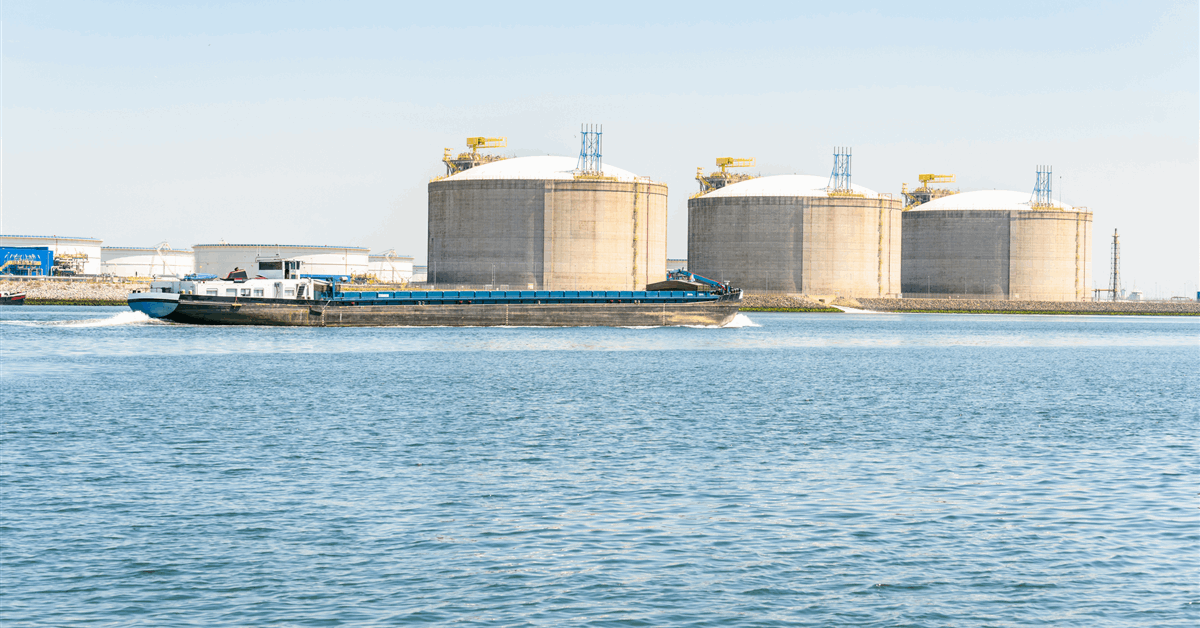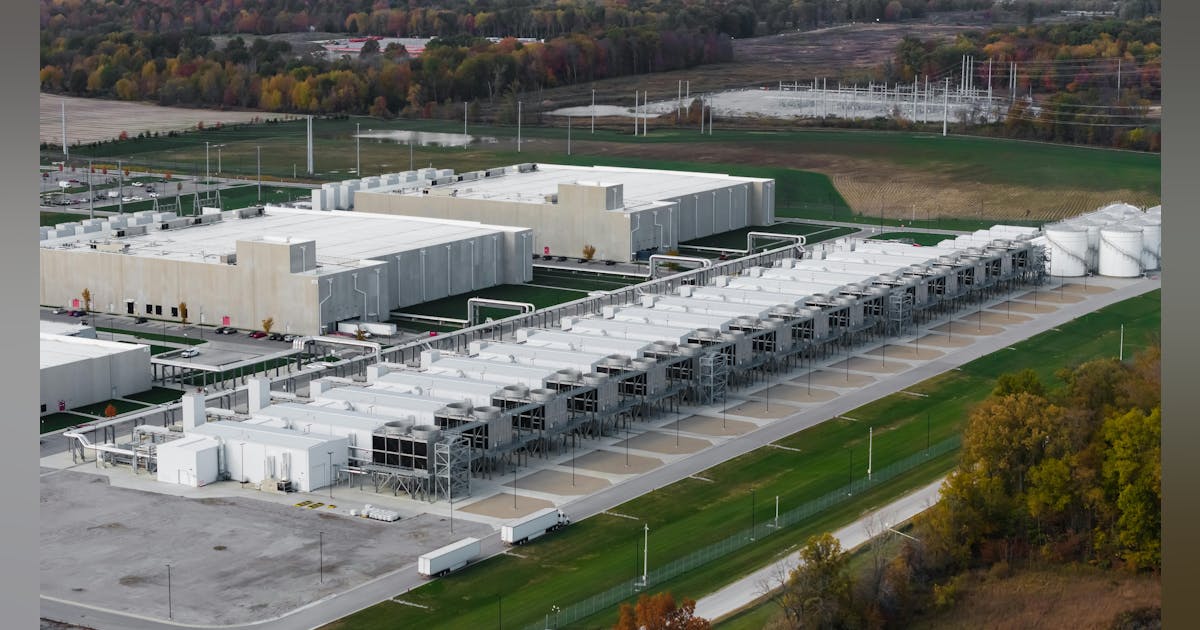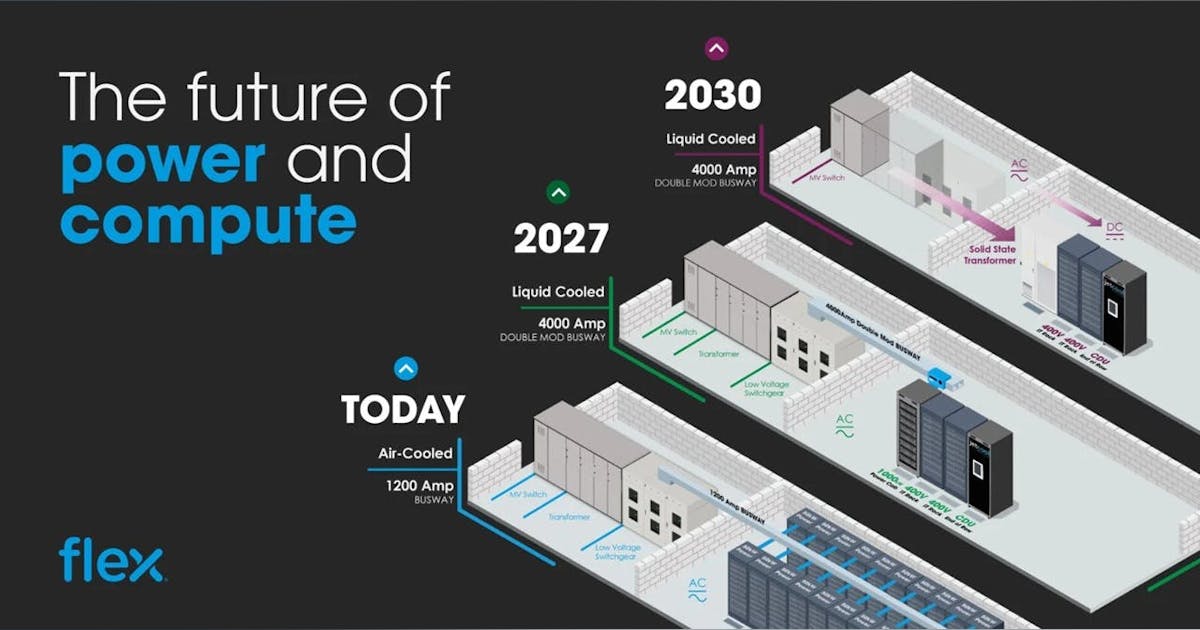Morten Henriksen has been appointed as group CEO of Mainstream Renewable Power, effective April 1 2025.
Henriksen was previously working as CEO of Gassnova, the Norwegian state enterprise for carbon capture and storage.
His previous experience spans executive management roles in the energy industry in Norway and internationally for companies including Arendals Fossekompani and Statkraft, in addition to multiple board positions.
Current, CEO Mary Quaney will continue to support Mainstream and the transition in a senior advisor capacity before stepping down in the second half of 2025 to pursue other interests.
Mainstream chairman Kristian Røkke said: “We would like to express our gratitude to Mary for her leadership over the last five years. She has guided Mainstream’s global team with focus, resilience and integrity, navigating a period of industry-wide transformation.”
He added: “As we enter a new phase, Morten brings extensive experience and deep sector expertise to position Mainstream for growth. His leadership will be instrumental in executing the company’s strategy and driving Mainstream’s growth in the global energy market.”
 © Supplied by Concordia Energy
© Supplied by Concordia EnergySayma Cox will join the board of Energean as an independent non-executive director from 1 March 2025.
Cox will be part of the company’s audit & risk committee and the environment, safety and social responsibility committee.
As a highly accomplished energy executive with 27 years of global experience, Cox was most recently serving as CEO of North Sea Midstream Partners (NSMP), a position she left in December to pursue new ventures.
Chairwoman of Energean Karen Simon commented “Sayma’s extensive international oil and gas operating experience and CCS expertise, combined with her geopolitical understanding and executive experience will provide valuable strategic insights, which will help us build on our successes to date, driving a new phase of growth. We are excited that Sayma is part of the team and look forward to working with her.”
 © Supplied by Buchan offshore wind
© Supplied by Buchan offshore windBrian Horne will take on the role of technical and engineering director for the Buchan offshore wind project from March.
He joins the team from leading industry consultancy Kent, where he was technical director for offshore wind, and replaces retiring Andrew Donaldson in the role,
In addition, Yohashini Chandramohan has been appointed to the new role of project engineer, having been part of the team responsible for the construction of Neart na Gaoithe offshore wind farm in the Firth of Forth.
And Kevin Brunton and Ed Unwin have joined the team as lead civil engineer and lead offshore engineer, respectively, after periods on secondment to the project.
In addition, the project is actively recruiting for a supply chain and procurement lead, project controls lead and a new position of stakeholder communications and policy lead.
Project director Clare Lavelle said: “As the Buchan offshore wind project moves towards consent submission and pushing forward to financial investment decision, we are strengthening our engineering and development teams to ensure we are fit for delivery.”
Buchan offshore wind is a 1GW floating offshore wind project to be based 75km to the northeast of Fraserburgh. The project is being developed as a joint venture between BayWa, Elicio, and BW Ideol.
 © Supplied by Wood
© Supplied by WoodIain Torrens has come in as interim chief financial officer at Aberdeen services firm Wood following the unexpected departure of former CFO Arvind Balan.
Torrens will take on the position immediately after his predecessor resigned due to an “incorrect description of his professional qualifications in various statements in the public domain”.
The new finance chief will hold the position while the Aberdeen business hunts for a new CFO.
 © Supplied by Altrad
© Supplied by AltradJulie Nerney is set to join Altrad’s UK, Ireland, Nordics & Poland executive board as a board advisor in April 2025.
Nerney has held CEO, COO, and director-level roles. She has also delivered complex, high-profile programmes, including a leadership role in the transport operations for the London 2012 Olympic and Paralympic Games.
Her strategic insight and leadership expertise will further strengthen Altrad’s executive team as it continues to drive growth and development.
Altrad CEO for the UK, Ireland, Nordics & Poland John Walsh said: “Julie’s wealth of experience, broad sector exposure, and passion for building high-performing, inclusive teams will bring fresh perspectives to our Executive Board. We look forward to her contributions and the positive impact she will make on our strategic direction.”
The French engineering giant has completed multiple acquisitions in recent years, recently adding 1,900 workers after buying Aberdeen-based Stork UK.
 © Supplied by TAQA Well Completion
© Supplied by TAQA Well CompletionRita Greiss has been appointed at the UK area manager for TAQA Well Completions.
Greiss will lead the company’s UK operations and use her expertise to drive innovation, enhance operational efficiency, and deliver sustainable solutions.
Under her leadership, TAQA will continue to advance digitalisation, automation, and sustainability efforts, ensuring UK operators have access to innovative, cost-effective, and environmentally friendly solutions.
Greiss said: “With the industry evolving rapidly, I look forward to collaborating with clients and partners to implement smart, efficient, and environmentally responsible well completion solutions.”
Additionally, TAQA Well Completions is actively expanding its portfolio to support the energy transition, engaging in green projects across the UK and CEU.
Vice-president for well completions at TAQA Karianne Amundsen added: “Rita’s leadership will be invaluable as we strengthen our presence in the UK market. Her strategic vision and technical expertise align with our mission to provide high-performance solutions that enhance well integrity, optimise production and support the industry’s sustainability goals.”
 © Supplied by Humber Marine and Re
© Supplied by Humber Marine and ReDavid Laister and Emma Lingard have been welcomed to the board of directors of regional trade organisation Humber Marine and Renewables.
The two will support the group’s strategic direction, bringing their communications acumen to the leadership team.
They were appointed following the departure of Graham Billany, and former chair Iain Butterworth from Humber Marine and Renewables.
In addition, the trade body is in the process of appointing a new chair, as well as a business development manager.
Laister said: “It is a pleasure to be involved in an organisation I’ve always had the utmost respect for, having supported the incredible events that bring key Humber businesses and industry leaders together.
“The devolution agenda playing out in 2025 underlines the importance of pan-Humber organisations to the business community, so I’m delighted to be on board.”
Lingard added: “The Humber region is at the forefront of the UK’s renewable energy revolution, and I’m excited to contribute my expertise to support its vision for sustainable growth and innovation.”
 © Supplied by EnergyPathways
© Supplied by EnergyPathwaysStephen West will step down as non-executive director at EnergyPathways to pursue other opportunities.
With the company aiming to appoint a replacement in due course, West will remain available to EnergyPathways as a consultant.
EnergyPathways non-executive chairman Mark Steeves said: “We wish Steve well with his future endeavours and thank him for his considerable contribution to the development of the company, most notably through the reverse takeover transaction through which the company secured its AIM admission in late 2023.
“We are also pleased to retain his expertise through his ongoing consultancy role. The board will appoint an appropriate replacement in due course.”
 © Supplied by Baker Hughes
© Supplied by Baker HughesAhmed Moghal has been appointed as the group chief financial officer at Baker Hughes.
Moghal previously served as the CFO of the company’s industrial & energy technology (IET) business, having also held senior positions in various business and corporate roles.
He succeeds Nancy Buese, who, by mutual agreement with the company, ceased to serve as CFO effective immediately. She will move to a strategic adviser role and will depart the company on April 30, 2025.
Baker Hughes chairman and CEO Lorenzo Simonelli said that Moghal’s appointment “reflects the substantial progress Baker Hughes has made in executing our strategic transformation. Reflecting on the financial successes achieved during Horizon 1, we drove record results last year while taking key actions across the company to significantly expand margins.”
He added: “As we embark on this next phase of growth, it is crucial to have a CFO with deep-domain knowledge across both business segments, a track record of fostering collaboration and strong financial performance, and a comprehensive understanding of our growth strategy.
“As part of his previous roles in Baker Hughes, and as well as currently leading free cash flow efforts across the company, Moghal has developed unique insights into our business and broad portfolio that will ensure we efficiently allocate capital to drive profitable growth while remaining focused on continuous margin improvement.”
The American oilfield services group beat analysts expectations last year, when it saw an 8% increase in revenue and a 36% jump in adjusted net income.
Power Moves is kindly sponsored by the good people of JAB Recruitment.
Recommended for you

Wood appoints interim CFO after CV mishap























